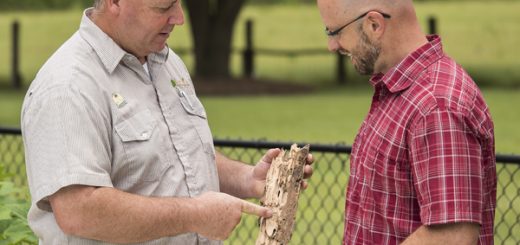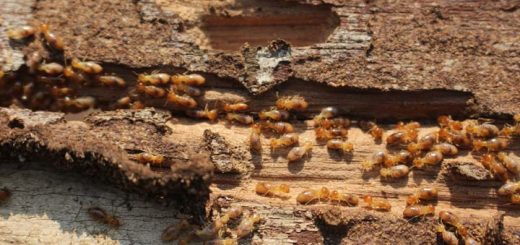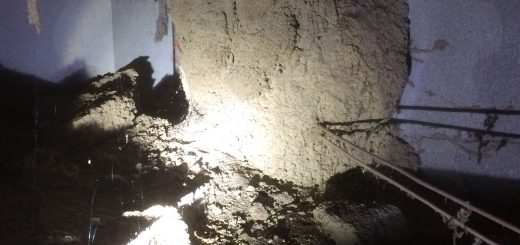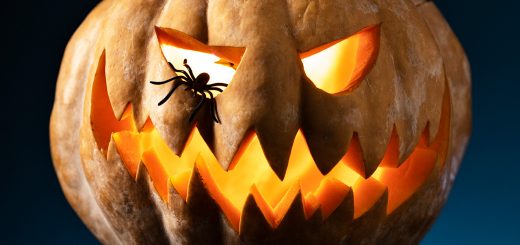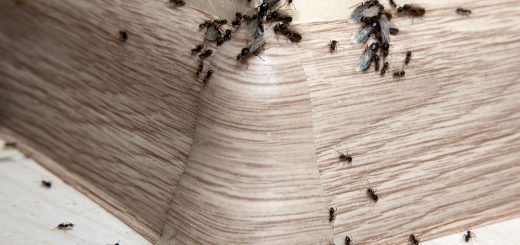Bed Bug History
Bed Bugs have been around throughout the ages. They have been researched back as long as the 17th century. Bed Bugs were a common element in daily life up until about World War II, only recently in the last decade or so have they been making a come back and showing there ever so menacing presence throughout the United States indicating a possible up rise in infestations.
About Bed Bugs:
Bed Bugs, or more specifically, “True Bugs’ have piercing mouth-parts and feed on blood. They are attracted to the off put carbon dioxide and heat, thus making humans one the most desirable items on their menus. Generally, most people do not even feel it when they are being fed upon. However, itchy red spots or welts that look similar to a mosquito bite can appear. In addition, although they are not deadly or carry any known blood diseases they can cause moderate to severe allergic reactions in some.
What Do They Look Like?
 Bed Bug Eggs are white and about 1mm long. The nymphs look like adults but are just a tad smaller. Complete development from egg to adult will take between four weeks to several months depending on the temperatures and amount of feeding available to them. They will change color from the white as they egg into a brownish copper color and then take on more of a reddish brown color during and after feeding.
Bed Bug Eggs are white and about 1mm long. The nymphs look like adults but are just a tad smaller. Complete development from egg to adult will take between four weeks to several months depending on the temperatures and amount of feeding available to them. They will change color from the white as they egg into a brownish copper color and then take on more of a reddish brown color during and after feeding.
Where Can They Be Hiding?
Finding Beg Bugs in your home is not a sign of poor hygiene what so ever. It only takes one to hitchhike inside on someone’s clothing, luggage, briefcase, backpack, or piece of furniture for your home or residence to become invaded. Bed Bugs can be hidden just about anywhere in the home, not just in your mattress and box spring. They can hide in nearby bedroom furniture, windowsills, nightstands, baseboard heaters, and on curtains. Sometimes they can even be crafty enough to be hiding in or around couches, hanging artwork, throw rugs, and inside electronics(TV’s, radios, Cd Players, DVD Players, clocks, computers, and Video Gaming systems) and especially around clutter (books, paperwork, magazines, and clothing).
How Will I Know if I Have Them?
If you find small red bumps or welts on yourself or on others in your home then you may want to look farther. A good indication is finding small blood spots or smears in your sheets, black poppy seed looking things in your sheets or cast skins. Cast Skins are the shedded skins of the bed bug. They will shed their skins several times throughout their lives, as they get bigger. Also, make sure to check your mattress when changing your sheets.
What to Do if You Find Them:
First reaction of most is to kill the bug, but do not. Instead, capture the culprit in a secure casing, Ziploc bag or container, and save it for the exterminator to look at. By saving the insect, you are insuring the correct diagnoses. Just because you find them this does not mean you must throw out your bedding, you can purchase covering for your bedding, which is bed bug proof. However, before springing into action and frenzy throughout your home call Live Oak Pest Control to come help you with your problem.
